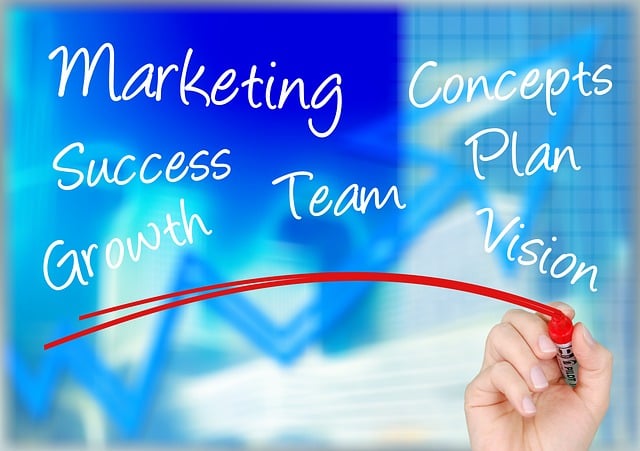In today's digital era, businesses leverage AI-driven food photography optimization for precise sales forecasting. By analyzing historical data, market trends, and consumer behavior, AI enhances food images according to current preferences, improving visuals and forecasting accuracy. This benefits restaurants and food brands by streamlining visual content creation, boosting marketing engagement, and driving sales growth. Best practices include seamless AI integration, high-quality dataset training, regular updates, collaboration between departments, and employee AI tool training.
In today’s competitive market, precise sales forecasting is vital for businesses, especially in the food industry where visual appeal matters. This article explores how Artificial Intelligence (AI) revolutionizes business sales forecasting through AI-driven food photography optimization. We delve into the benefits of integrating AI technologies, enhancing accuracy and efficiency. Learn effective strategies and best practices for implementing these solutions, transforming your sales process and driving growth. Discover how AI can unlock new levels of success in forecasting trends and optimizing visual content.
- Understanding AI's Role in Business Sales Forecasting
- The Benefits of Integrating AI-driven Food Photography Optimization
- Implementing AI Solutions: Strategies and Best Practices
Understanding AI's Role in Business Sales Forecasting

In today’s digital era, businesses are increasingly leveraging Artificial Intelligence (AI) to gain a competitive edge in sales forecasting. AI offers unparalleled precision and efficiency by analyzing vast amounts of historical data, market trends, and customer behavior patterns. One specific area where AI is making significant waves is food photography optimization, showcasing its versatility and impact across industries. By employing AI-driven techniques, businesses can enhance their product visuals, ensuring accurate representation and appealing aesthetics that capture consumer attention.
This technology enables dynamic adjustments to food photography based on real-time demand and consumer preferences. For instance, AI algorithms can automatically optimize the composition, lighting, and styling of food images to align with current market trends. Such optimization goes beyond mere visual enhancement; it directly influences sales forecasting accuracy by considering the psychological impact of visually appealing products on purchasing decisions. This, in turn, allows businesses to make data-driven adjustments to their inventory management, marketing strategies, and overall sales projections.
The Benefits of Integrating AI-driven Food Photography Optimization

Integrating AI-driven food photography optimization into your business sales forecasting solutions offers significant advantages. By leveraging advanced algorithms, these systems can enhance visual content creation, ensuring every dish is captured in the best possible light. This not only elevates the overall aesthetic appeal of marketing materials but also improves engagement with potential customers. With AI taking care of lighting, composition, and background adjustments, human photographers can focus on capturing unique culinary experiences, saving time and resources.
Moreover, AI-driven food photography optimization streamlines the entire process, from initial image capture to final output. This efficiency is particularly valuable for restaurants, cafes, and food brands with dynamic menus that need regular visual updates. By consistently delivering high-quality, optimized images, these businesses can maintain a strong online presence, fostering customer loyalty and driving sales growth.
Implementing AI Solutions: Strategies and Best Practices

Implementing AI solutions in business sales forecasting can be a game-changer, especially for industries like food and beverage where visual content is paramount. AI-driven food photography optimization, for instance, can enhance product presentation and accuracy in forecasting by analyzing image data to understand trends and preferences. This involves training models on vast datasets of food images, enabling them to recognize patterns in consumer choices.
Best practices suggest integrating AI into existing sales processes seamlessly, starting with data collection and preparation. Companies should ensure high-quality, diverse datasets for model training and regularly update them to reflect changing market dynamics. Collaboration between IT teams, sales professionals, and AI developers is crucial for aligning AI capabilities with business needs. Additionally, providing employee training on AI tools ensures effective utilization and fosters a culture of continuous improvement.
AI is transforming business sales forecasting, especially in sectors like food retail, where AI-driven food photography optimization enhances visual marketing. By analyzing vast datasets, these solutions provide accurate predictions, enabling retailers to optimize inventory and promotions. Implementing AI sales forecasting involves strategic planning, data preparation, and choosing the right tools. Adopting best practices ensures businesses leverage AI effectively to gain competitive advantages and drive revenue growth in today’s dynamic market.
